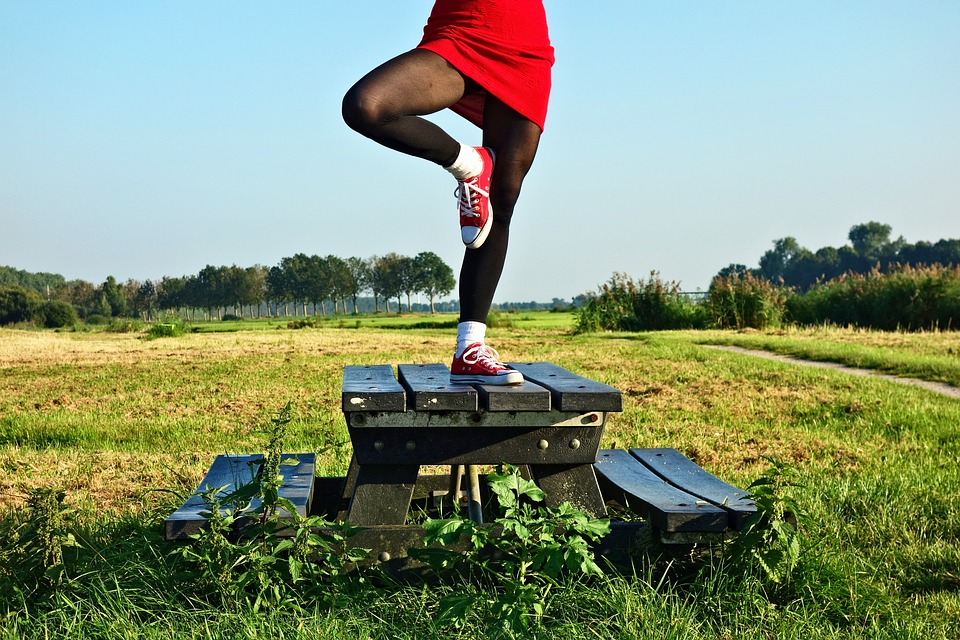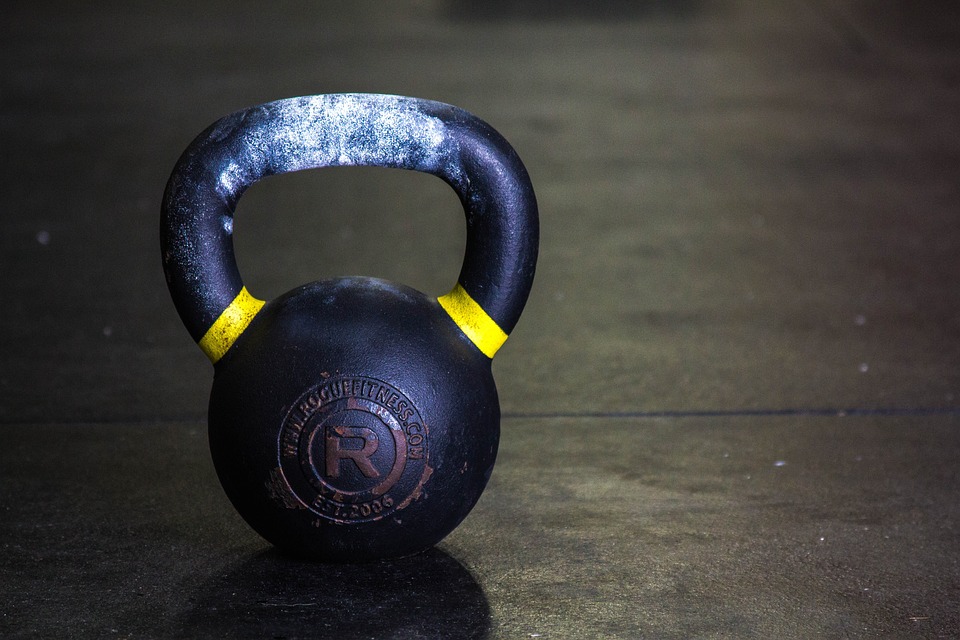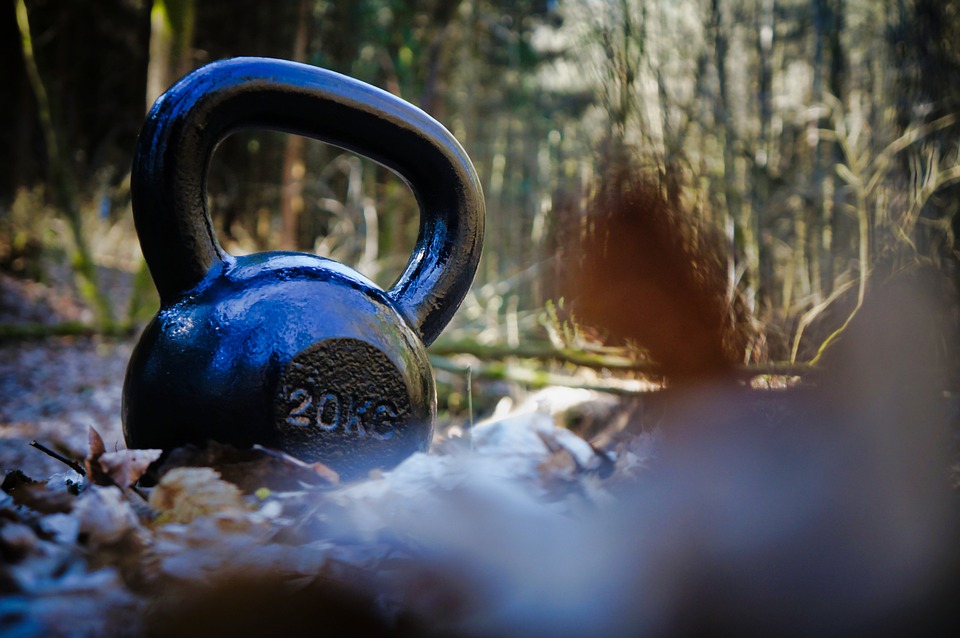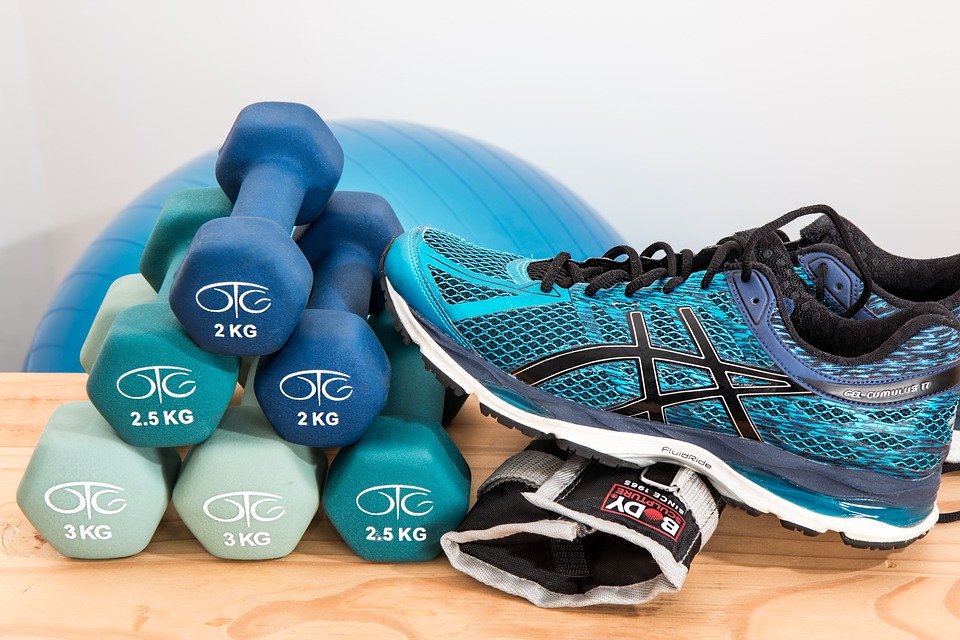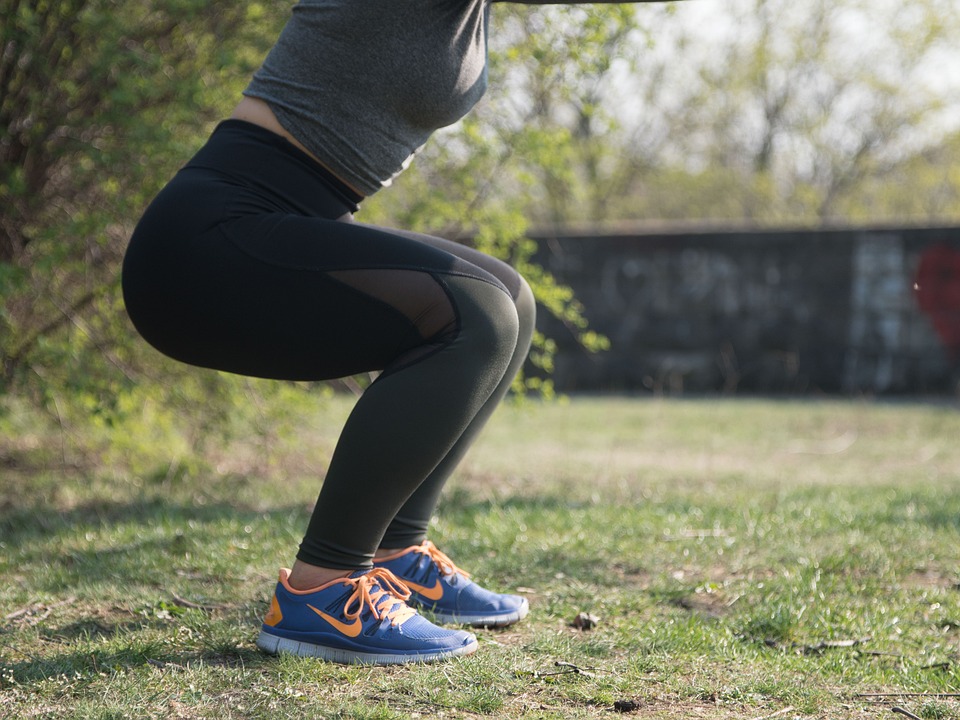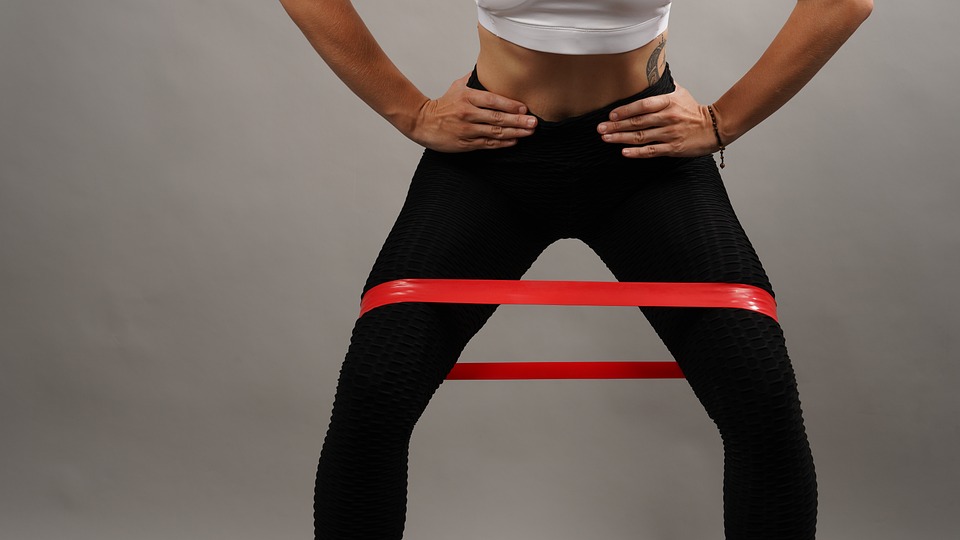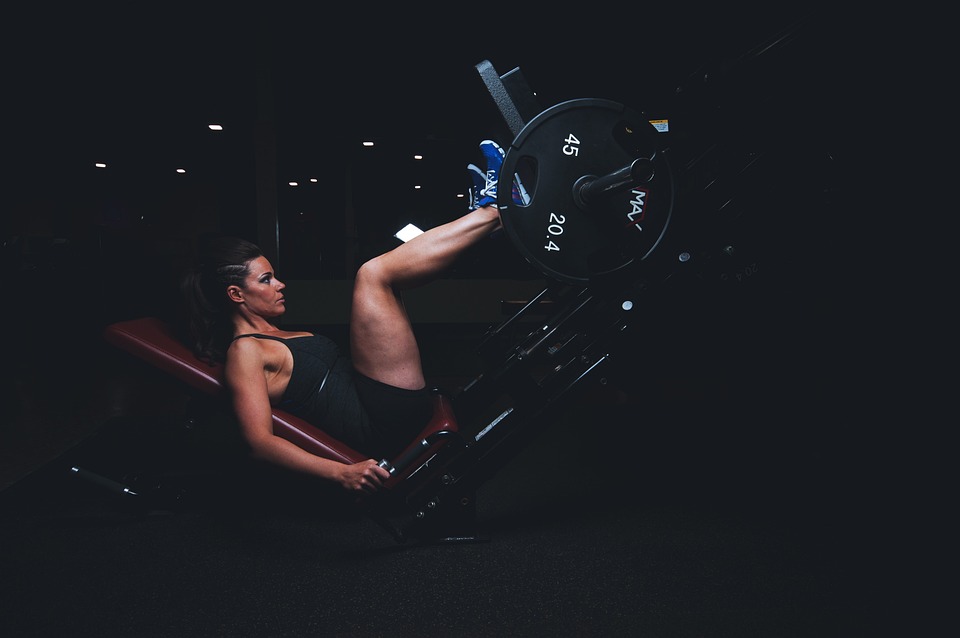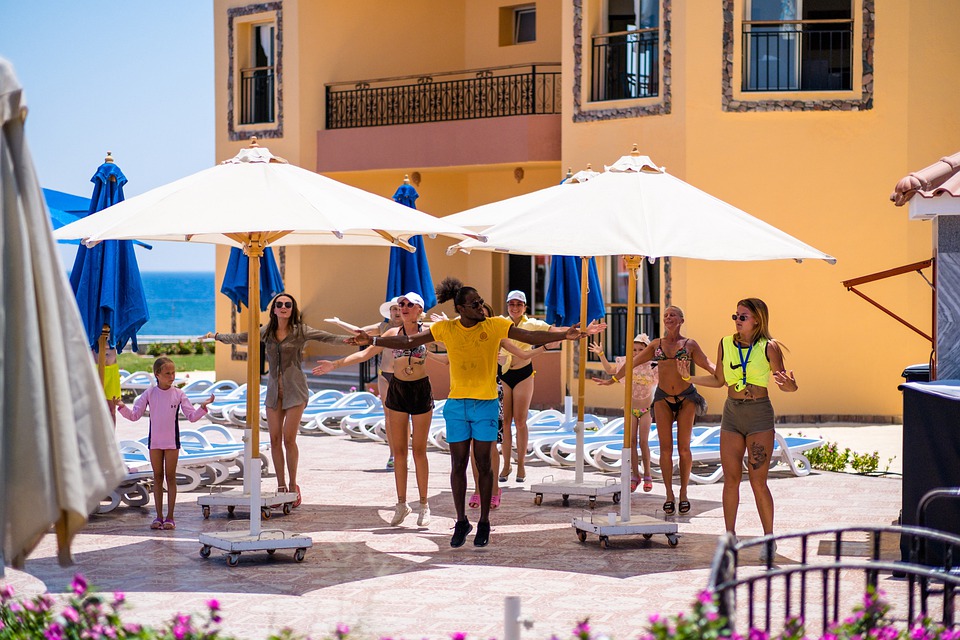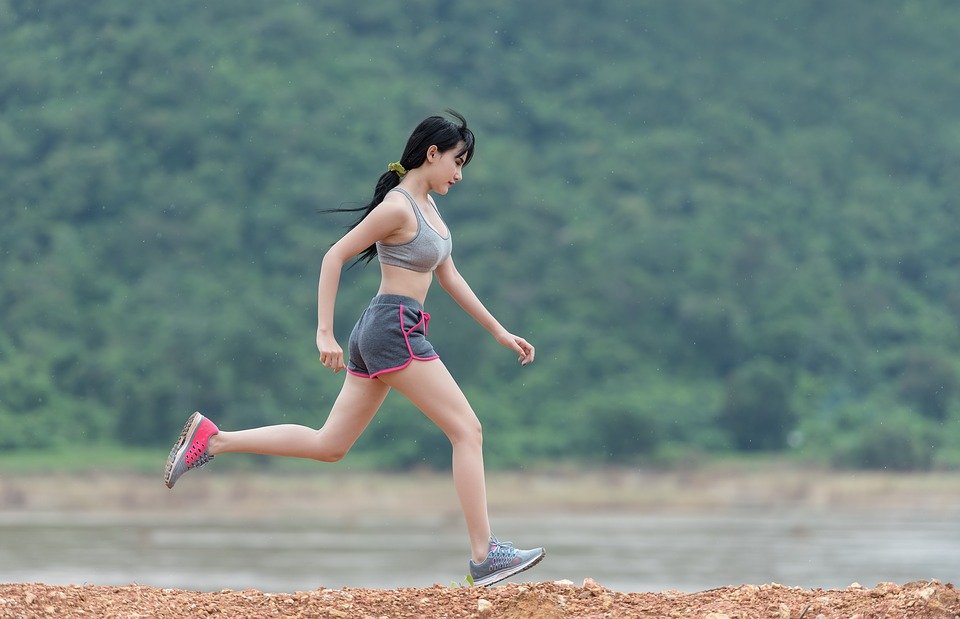
What is running gait?
The way a leg travels during one step when running is called the running gait cycle. The cycle is made up of two phases: stance and swing. The swing phase has a subphase that is unique to running, called float or flight.
This is the time when your foot first hits the ground until the rest of your body is over it. This is the period of impact and absorption.
Your body moves ahead of your foot as you enter the swing phase of gait, when your foot leaves the ground. Your leg swings forward, bending at the hip and knee, before landing again.
The float stage is the part of the swing phase where your body is in the air, supported by neither foot. This is the main difference between a running and walking gait.
What are the phases of running gait?
The first phase of the gait cycle is the stance phase. There are two phases in a running gait cycle, which are the stance phase and the swing phase. The stance phase is when your foot is in contact with the ground.
Stance phase
The stance phases of running can be further broken down into the following contact points:
- initial contact
- mid-stance
- toe off
The first point of contact with the ground is known as the heel strike. However, there are variances in which part of the foot makes contact with the ground first.
The gate of each person is unique. The initial contact with the ground can be a heel strike, mid-foot strike or forefoot strike pattern.
During the first part of the gait cycle, when your foot first hits the ground, your lower limbs and body absorb the impact. The force of the impact is greatest at this point in the cycle.
The goal of biomechanics research is to find the best way for the body to make contact with the ground in order to minimize the force of impact. The muscles in the ankle and knee area play a large role in protecting the joints from impact, but how effective they are varies from person to person.
Also, there are variances depending on your footwear.
For example, people who run with shoes tend to land on their heels more often than people who run barefoot. When you run barefoot and land on your heel, it makes a much bigger impact. So, people who run barefoot usually take shorter steps and land on the front part of their foot first.
After the body makes contact with the ground, it travels over the foot and leg until it is relatively directly above the foot, with the knee slightly bent. This is called mid-stance.
After your foot has reached its lowest point, your body starts to transition upwards, preparing to create a propulsive force. Your foot changes from a supinated position to a pronated position as it rolls inwards.
The last phase of the foot’s movement is known as the toe-off. During this phase, your body is moving forward faster than your foot. Your hip, knee, and ankle joints are all extended in order to push your body forward.
Therefore, when one limb is on the ground during the stance phase, the other limb is in the air moving through the swing phase. The stance phase takes up approximately 40% of the gait cycle, which is shorter than the total time the swing phase takes.
Swing phase
As the foot leaves the ground and the forefoot pulls up and rolls in, the knee also flexes to allow for optimal clearance of the foot over the ground during the swing.
The swing phase of gait lasts longer than the stance phase, beginning when the foot loses contact with the ground and ending when the foot contacts the ground again.
This means that for a brief moment, both feet are not touching the ground, because the swing phases of both legs are happening at the same time.
Float phase
The float subphase, also known as the flight subphase, is the part of the swing phase when the foot is off the ground.
In walking, one foot is always in contact with the ground, but in running there is a period when both feet are off the ground at the same time.
Flights lasting longer are more efficient for trained runners, with an 11% greater flight time compared to untrained runners.
Arm swing during running gait
The arms should be in sequence with the opposite leg during the gait cycle. This means that both the advance and extension happen behind the torso together. The arms play a role in counterbalancing the rotation from the opposite leg, which helps with proper running technique.
What is a gait analysis?
A gait analysis is basically when someone watches you run and looks at how your whole body moves, not just your feet. They use this information to help you pick the right kind of running shoes and to improve your form to prevent injury.
You may have heard of the gait analysis before, and perhaps are imagining a treadmill and at least two people standing behind it, scribbling into notebooks as they look intently at your every step. Gait analysis is a legitimate way to do it, but a little outdated thanks to huge leaps forward in camera tech! Now that high-resolution, slow-motion video can be taken with a smartphone, it’s way easier to record a short video of someone running on a treadmill or on the sidewalk, then run it back in slow-motion to make sure we catch all those subtle movements made by the body while running. With video, we can review the footage with you to explain exactly what’s going wrong (or right!) and what can be done to stay healthy.
Pronation, overpronation, or supination?
The word you’ll probably hear most in a gait analysis is Pronation. Pronation is a good thing, it’s when the ankle turns in a little bit during the gait analysis whenever your foot makes contact with the ground.
As long as your leg is aligned from your ankle to your knee to your hip, you’re good to go. Overpronation occurs when your ankle turns inward too much, forcing your lower leg out of alignment and making the inside of your foot absorb too much shock. This can lead to all sorts of injuries, some of which can even extend to your lower back! Not ideal. Overpronation is often associated with lower or fallen arches, but this isn’t always the case. Some runners overpronate for reasons that can be fixed by strengthening their muscles, increasing their mobility, and improving their technique. That’s why it’s always a good idea to get a gait analysis done whenever you buy a new pair of running shoes. As you grow and develop as a runner, your gait can (and often will!) change.
Supination is a term used to describe when the ankle rolls too far out, putting more pressure on the outer part of the feet. Although different parts of the foot are affected, the basic problem is that shock is not being absorbed evenly. This can lead to injury if not corrected.
Improving your running form
The gait analysis lets us see how you run, which can have a big influence on injuries, pain, and the type of shoes you should wear. For example, the analysis can tell us if you land on your heel or toes first when you run. If you land on your forefoot, you might not need as much cushioning in the heel of your running shoe as someone who lands on their heel.
Your form will gradually improve as you gradually strengthen your muscles through running and cross-training. But there are some things you will need to keep an eye on constantly, and doing drills can help.
Why get a gait analysis?
We use the information you give us to help you pick the right running shoes. Your shoes need to be specialized for your gait, running habits, and goals. A gait analysis can also help us understand why you’re experiencing certain aches and pains, and what you can do to help fix the issue.
Tips for your running gait analysis
Next, practice in front of a mirror so you can monitor your form. To improve your dance technique, it is helpful to wear form-fitting clothing and practice in front of a mirror.
It’s advisable to film yourself from different angles and positions multiple times. If you’re filming yourself on a treadmill, wait until you’ve been running for a few minutes before starting to film. This will help make sure that you’re not “posing” for the camera and appear more natural.
Videoing yourself at different points during a run can show you things you might not be able to see just by running. For example, you might notice that your muscles are less tired at the beginning of the run, or you might see changes in your mechanics at the end.
Improving your running gait
It is difficult to improve your running gait because changing one aspect of your form will likely affect another part of your form.
Adopting a change in biomechanics that involves multiple factors may not improve, or may even worsen, running economy according to one review.
You can improve your situation by making gradual changes instead of overhauling everything at once. Test out each change to see how it affects you before moving on to the next one.
Avoid rigidly stiffening your muscles during the stance phase of your gait for a more relaxed arm swing.
There are many other things that could help improve your running gait, but you would get the most benefit from talking to a physical therapist or running coach. They would be able to assess your body and stride and give you tailored advice.
I’ve already had a gait analysis done — I’m good, right?
You don’t necessarily need to get a new pair of shoes just because your gait changes!
Just like the rest of your body, some fixes for your feet aren’t meant to be permanent. In some cases, orthotics for arch support end up being temporary measures to help alleviate temporary discomfort or the pain of plantar fasciitis. They can be kind of like casts for broken bones — once you’re healed up, you don’t need them anymore! For runners, unnecessary stability or orthotics can have negative consequences by preventing the foot from strengthening on its own. If the arch can’t collapse and spring back up while you’re running (a completely natural motion), the foot can become too weak to support itself without the orthotic insert, turning something that should have been a temporary fix into a permanent crutch.
Fortunately, the game of insert is changing as fast as the shoe game. Flexible arch support inserts from brands like Currex provide much-needed support when form slips due to fatigue without making the foot dependent on all that structure.
What’s right for you can change over time, and it’s always good to reevaluate your goals as a runner. It’s also fun to try new things.

